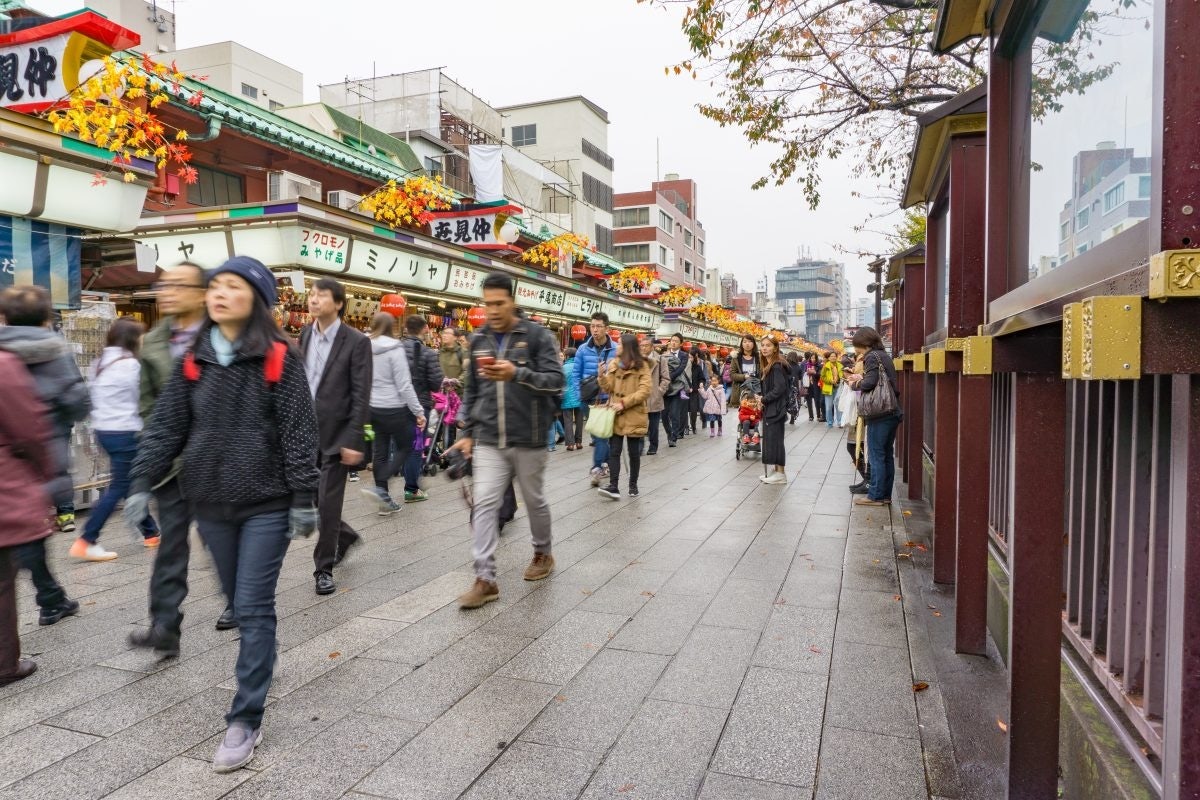Editor’s note: A version of this post first appeared on Technode, the leading tech media uncovering the latest news on start-up entrepreneurs, investors, large companies and industry trends in China and Asia.
Chinese outbound travelers totaled 122 million trips, up 4.3 percent year-on-year according to China Internet Watch. As Chinese people are very tech-savvy and highly mobile-centric, targeting them on their mobile became an important mission for advertising companies, following the digital footsteps of Chinese tourists to overseas travel destinations.
“Cross-border mobile marketing is predicted to have a strong growth in the coming decades as marketers are desperate to broaden their customer base and revenue streams, rather than solely maintain local markets,” said Victor Wu, CEO at Vpon Big Data Group.
Here are four things you should know about Chinese outbound travelers when conducting cross-border marketing, according to Vpon’s 2016 APAC Mobile Programmatic Advertising Statistics and Trends Report released on March 1. This report divided Chinese people into three groups: Greater China, Taiwan, and Hong Kong.
1. Japan is the most popular destination and Thailand is next.#
According to Japan National Tourism Organization, 52 percent of tourists in Japan were from China (25 percent), Taiwan (19 percent) and Hong Kong (8 percent). Half of Taiwan and Hong Kong tourists visited Japan more than three times and 35 percent of China tourists visited Japan more than once, according to Vpon Big Data Group’s survey.
Vpon’s report said that the next destination for Chinese tourists will be Thailand. The strongest digital footprint of Chinese tourists in Thailand is Bangkok, Chiang Mai, and Chiang Rai.
2. The best times to send travel information is early morning and late evening.#
Morning (5 a.m. – 9 a.m.) and night (8 p.m. – 11 p.m.) have shown the highest traffic, hence companies can send out ads at this time. On the other hand, it is wise to not disturb Chinese tourists during the daytime as they may ignore their phones while sightseeing.
3. Greater China travelers spend the most and are the most connected.#
According to 2016 Q3 spending in Japan per person, mainland tourists spent JPY 685,000, Hong Kong tourists spent JPY 169,000 and tourists from Taiwan spent JPY 133,000. When traveling to Japan, Chinese travelers purchased cosmetics/perfume, followed by medicine/ health goods/ toiletries, and confectioneries.
Chinese tourists were highly connected to mobile throughout the day and they had a higher acceptance toward mobile ads during the trip, such as mobile ads showing discounts or special promotions with a clear call-to-action, leading to a high click-through-rate (CTR) which is 25 percent higher in Japan than in home origins. The CTR of Greater China tourists increased 59 percent during the trip compared to before the trip, while tourists from Taiwan increased 20 percent and tourists from Hong Kong increased 7 percent.
4. Mobile advertising inventory has been dominated by India, Japan, and China.#
The top three mobile ad markets are India, Japan, and China, taking up to 60 percent of the total biddable inventory. As for effective cost per mile (eCPM), the Greater China region and Indonesia are shown to have a lower cost for mobile ads. Health and beauty (22 percent), finance (17 percent), and food and beverage (11 percent) are the categories that were shown to have a bigger share in mobile advertising.
